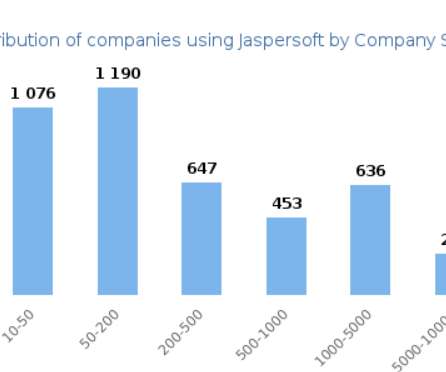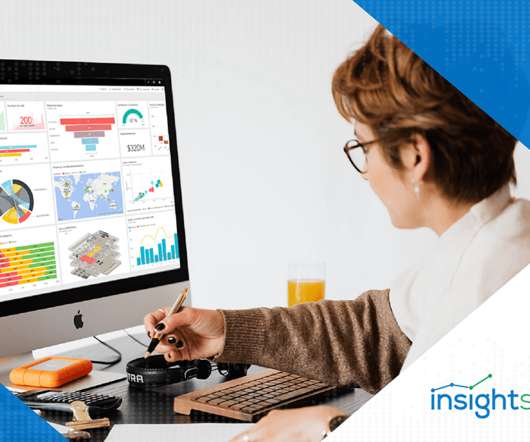Navigating Data Entities, BYOD, and Data Lakes in Microsoft Dynamics
Jet Global
SEPTEMBER 4, 2020
Consultants and developers familiar with the AX data model could query the database using any number of different tools, including a myriad of different report writers. Data Entities. The SQL query language used to extract data for reporting could also potentially be used to insert, update, or delete records from the database.














Let's personalize your content